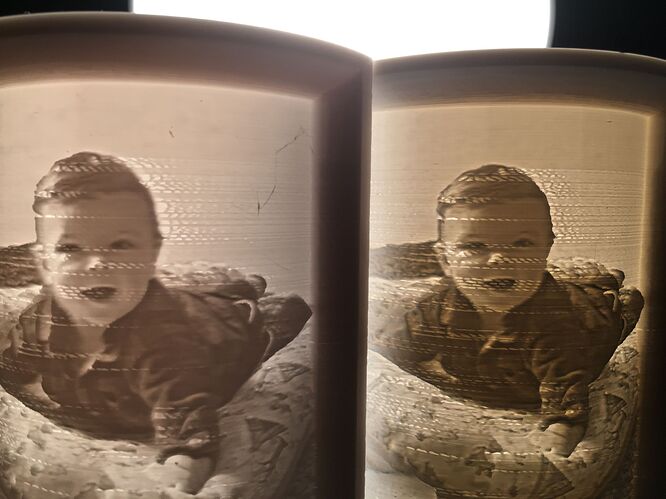Thanks for PMing me the gcode. Here’s my analysis, with follow along steps as requested.
First, load into gcode into ncviewer and orient the image, adding G21 and removing the header so it renders properly.
You have issues here:

Looks a lot like the gcode here:

Now why would that be?
Zoom in and play back that section line by line
There is a front wall, a rear wall, and then a bunch of tiny little segments inside the wall because the wall is too narrow to fill with a continuous string of filament.
So the gcode is commanding the machine to lay down intermittent short segments as fill. This is a terrible strategy and will fail easily, due to stringing or poor adhesion.
Your print temp is only 197, which unless you’ve optimized already seems too low.
My theory is the filament is not adhering properly to the below layer, and being pulled up into a ball by the internal shear forces.
However, this is a very thin wall, so if you raise the temp too much it will sag if there’s not enough cooling, something the original head design struggles with.
Printing this successfully may be out of the realm of this machine without additional cooling, or tweaking.
I don’t think Luban (Cura, under the hood) is slicing this intelligently. Simplify3D (and I believe PursaSlicer also) has a variable width extrusion to fill thin gaps that would be ideal here. The interrupted extrusion is not likely to work here unless you fine tune everything such that there is no over or underextrusion at all, and it has to be perfect because it’s at the top of the model.
Another option to try would be to increase or decrease the thickness of the model wall, or the extrusion width in the slicer, so that the slicer does not generate interrupted segments.
You’ll need to carefully preview in Cura or S3D, as the preview in Luban is not useful for this level of detailed troubleshooting. After the previews look good, then I would do a special slice where only that problematic section is printed, to save filament. Once a proof print of that section works, only then I would again try the whole print.
Again, this is a challenging print for this printer. You may want to revisit the whole slew of calibrations at Teaching Tech, and recalibrate e steps and flow at the minimum, otherwise it will be very difficult to get this to print correctly. A temp tower might also be a good idea if you haven’t already done so.










